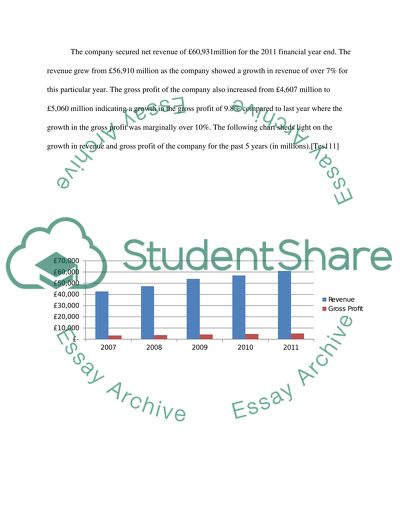Cite this document
(“MANAGING FINANCIAL INFORMATION ( part 2 ) Essay”, n.d.)
MANAGING FINANCIAL INFORMATION ( part 2 ) Essay. Retrieved from https://studentshare.org/finance-accounting/1585614-managing-financial-information-part-2
MANAGING FINANCIAL INFORMATION ( part 2 ) Essay. Retrieved from https://studentshare.org/finance-accounting/1585614-managing-financial-information-part-2
(MANAGING FINANCIAL INFORMATION ( Part 2 ) Essay)
MANAGING FINANCIAL INFORMATION ( Part 2 ) Essay. https://studentshare.org/finance-accounting/1585614-managing-financial-information-part-2.
MANAGING FINANCIAL INFORMATION ( Part 2 ) Essay. https://studentshare.org/finance-accounting/1585614-managing-financial-information-part-2.
“MANAGING FINANCIAL INFORMATION ( Part 2 ) Essay”, n.d. https://studentshare.org/finance-accounting/1585614-managing-financial-information-part-2.


